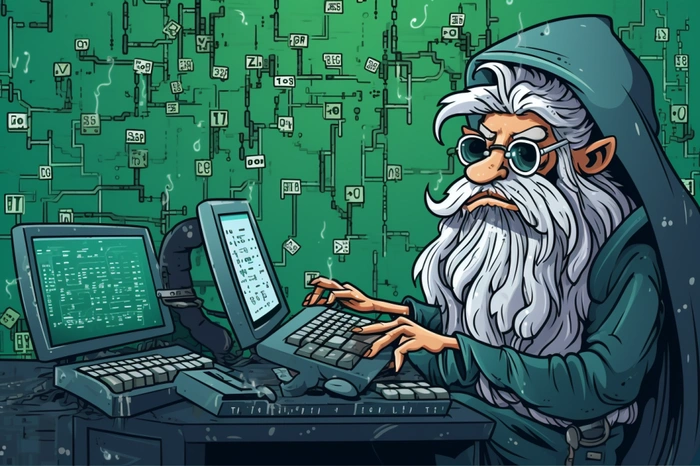In the realm of AI art generation, the Midjourney platform has emerged as a powerful tool, offering a plethora of parameters to customize and enhance the creative process. These parameters, which are always appended at the end of a prompt, can be used in multiple combinations, allowing artists to experiment with a wide range of effects and styles.
This versatile tool provides a suite of parameters that artists can manipulate to curate their artistic expressions. These parameters, seamlessly integrated at the prompt’s conclusion, can be blended in numerous permutations, granting artists the license to traverse a broad spectrum of artistic styles and effects.
Aspect ratio parameters
The aspect ratio is a fundamental parameter that artists often grapple with. With Midjourney’s --aspect or --ar command, they can fluidly adapt the spatial dimensions of their artwork. This adaptability ensures that the artwork aligns with diverse presentation mediums, be it a digital screen, a canvas, or a mural. Recognizing the quirks of modern devices, Midjourney has astutely made its platform congruent with both double hyphens and em-dashes, sidestepping the auto-formatting hiccups encountered on Apple devices.
Midjourney Chaos parameter
Venturing into the unpredictable realms of art, the --chaos parameter emerges as an artist’s ally. By toggling between 0 and 100, it offers a gradient of predictability. Higher values catapult the art into realms of abstraction and surprise, making each piece a revelation. And for those with an appetite for the avant-garde, the --weird parameter, with its expansive 0-3000 range, beckons them into uncharted aesthetic territories.
Image and text weight
But Midjourney doesn’t just cater to the whimsical. With the --iw parameter, artists can strike a harmonious balance between image and text weight, ensuring that neither overshadows the other. The --no parameter introduces a subtractive approach, allowing artists to specify elements they wish to exclude, refining the AI’s focus. For artists mindful of resource consumption, the --quality or --q parameter serves as a gauge, with higher settings demanding more GPU prowess.
The platform’s versatility shines with its mode-specific parameters. Whether it’s the swiftness of --fast, the tranquility of --relax, or the horsepower of --turbo, artists can tailor the AI’s operational mode to their immediate needs.
Other articles you might find of interest on Midjourney 5.2 and creating AI artwork.
Midjourney Seed parameter
A cornerstone of Midjourney’s magic lies in its seed-based generation. By harnessing specific seeds through --seed or --sameseed, artists can revisit and evolve previous artistic landscapes, ensuring consistency across a series of artworks. And for those seeking ethereal, dream-like visuals, the --stop parameter offers a shortcut, truncating the generation process to yield softer, more impressionistic results.
Style parameters
Stylistic versatility is another of Midjourney’s hallmarks. With the --style parameters, artists can fluidly transition between the classic Midjourney Model to the vibrant Niji Model. The --stylize parameter, meanwhile, allows for nuanced adjustments to the platform’s inherent aesthetic leanings.
Patterns hold a special place in design and art. Recognizing this, the --tile parameter crafts images that tessellate perfectly, enabling mesmerizing repetitive patterns. Furthermore, with the --version or --v parameters, artists can align their work with specific algorithmic iterations, ensuring compatibility and consistency.
As with any evolving platform, Midjourney’s legacy casts a shadow. Some parameters resonate exclusively with older models, testament to the platform’s evolutionary journey. With its commitment to progress, Midjourney continually refines its models, each iteration aiming for heightened efficiency, coherence, and artistic quality.
One mustn’t forget the engine driving this artistic renaissance: the GPU. Midjourney’s bots labor on state-of-the-art GPUs. Every minute of their artistic endeavor translates to a GPU minute. But in this synchronized dance of multiple GPUs, the relationship between GPU minutes and real-time isn’t linear.
Source: Midjourney
Filed Under: Guides, Top News
Latest Aboutworldnews Deals
Disclosure: Some of our articles include affiliate links. If you buy something through one of these links, Aboutworldnews may earn an affiliate commission. Learn about our Disclosure Policy.







